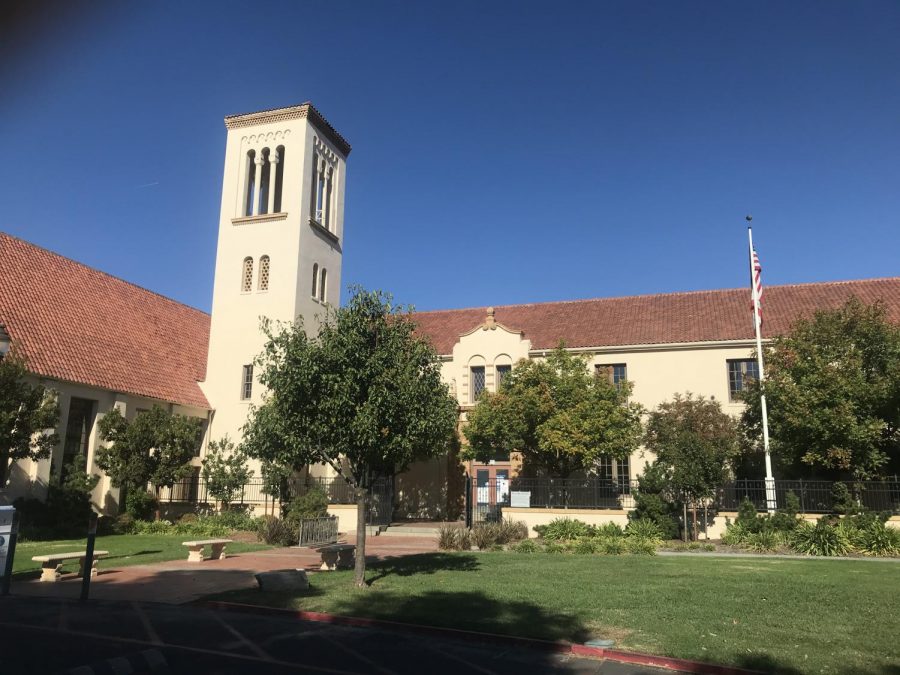Palo Alto Unified School District (PAUSD) is one of the first public school districts in the Bay Area that has reopened its classrooms.
The PAUSD board ultimately decided to start reopening schools in a unanimous vote on Sept. 29 after lengthy discussion. Families were given the option to stay in distance learning or let their child join the hybrid model and return to school. Families that decided to join the hybrid model would have their students return to school in the coming weeks and months, depending on their grade level.
Transitional kindergarten through first grade returned to classrooms on Oct. 12. Second and third graders will return to school on Oct. 26, while fourth and fifth graders are scheduled to return on Nov. 9. Middle schoolers and high schoolers won’t return to school until January, after they finish their first semester.
“It seems like kind of an awkward time to start sending kids back now. Because in my opinion, you either wait some more time and see how COVID changes or you send them back earlier in the school year,” said Josh Wilde, a sophomore at Palo Alto High School
Parents and teachers have also raised similar concerns that the district was rushing to reopen schools, which were explained in two open letters to the board on Sept. 27. Their main concerns regarded education quality, safety, teacher well-being, and disruption to the community.
Colin Lai is a sophomore at Palo Alto High School who has a younger brother in second grade.
“My parents don’t know if they want to send him back because he could get sick. But then also at home, he doesn’t really have stuff to do,” Lai said.
Lai’s parents are like many others trying to weigh the pros and cons of sending their kids back into the classroom. The district is attempting to address safety concerns by following the reopening guidelines for its county. Guidelines include providing masks and hand sanitizer to all campuses and providing teachers with face shields and alcohol wipes. People are still expected to social distance, and outside access to campus has been severely limited.
Wilde thinks these precautions will stop the virus from spreading but isn’t entirely faithful in the other students’ self-control
“You can’t always expect the younger kids to have their masks on the whole time and to be distancing themselves from others… I just don’t know how reliable the younger kids would be, or even kids my age,” Wilde said.
Additionally, the district has changed the normal class size of about 20 students and has divided classes into two cohorts so that only half the class is in-person at school at a time. For kindergarteners, the cohorts go to school every day, with one group attending school in the morning and the other attending in the afternoon. In contrast, for first through fifth graders, students will only attend school for two to three days a week and spend the rest of the school week attending class in a distance learning format.
Alex Van Riesen, a PAUSD parent of two high school students, isn’t impressed with the older kids’ schedule.
“I’m far less inclined to switch from distance learning to in-person hybrid with my girls. And the reason for that is I think they’ve just developed a whole system and a whole pattern for how to do this,” Van Riesen said.
It’s clear that both the hybrid system and distance learning have their pros and cons. But ultimately, it’s each family’s choice on whether or not they want to send their students back to school. Regardless, heading back into the classroom does seem like a step towards returning to normal.
“I just think it’s been cool to see kids going back to school,” Van Riesen said. “It’s like a ray of sunshine.”












